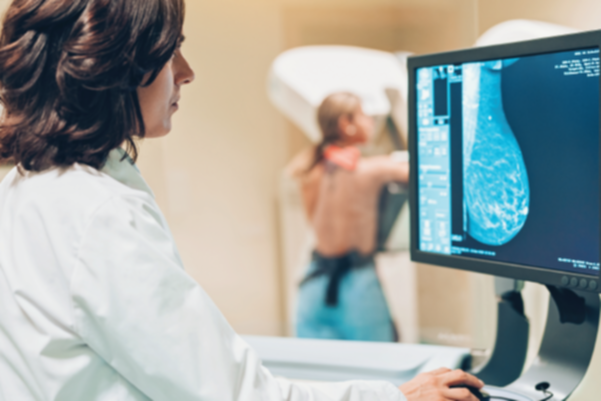The Importance of Breast Cancer Screening: Early Detection & Different Breast Imaging Modalities
Regular breast screenings are so important due to the severity and commonality of breast cancer. One in eight women will be diagnosed with breast cancer, and one in thirty-nine women will die from breast cancer. Most doctors recommend starting breast screening at forty; this first step is called a mammogram.
A mammogram is a form of breast compression in which a doctor will compress your breast and perform an x-ray, looking at the breast tissue. It usually takes a few weeks to thirty days to receive your mammogram results.
While most women feel like having a mammogram can be uncomfortable, it is also essential for early detection. If your mammogram returns normal, it is still important to continue with regular mammograms. However, if your results come back abnormal, you may be referred to a breast specialist. This does not always mean cancer.
When referred to a breast specialist, they will perform another type of breast imaging: a breast ultrasound. This technique uses sound waves to see images of breast tissue. The information gathered from this imaging can help radiologists determine how suspicious the findings in your breast are.
When diagnosed with breast cancer, doctors may use even more types of breast imaging, including an MRI. This provides the most detailed image of the breast, including 3-D imaging, which is used in planning and evaluating the breast.
While many women are diagnosed with breast cancer after symptoms appear, many women are also diagnosed when experiencing little to no symptoms. This is why scheduling regular breast screenings is important, regardless of the risk. When breast cancer is detected early and is still localized, the five-year survival rate is 99%, and early detection and regular screenings can save your life!


